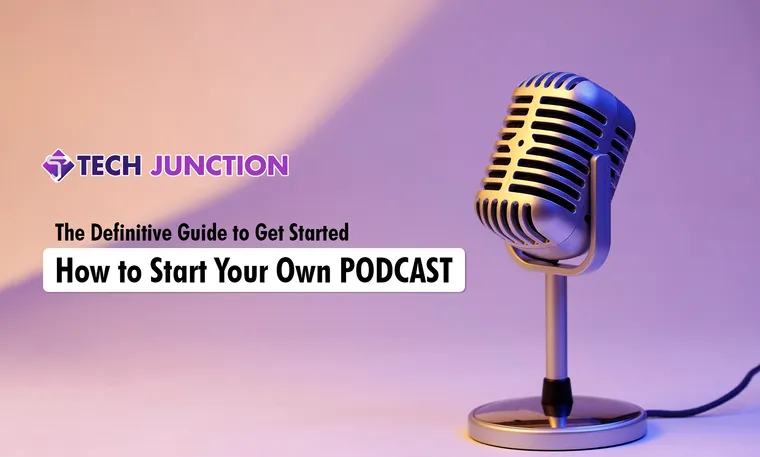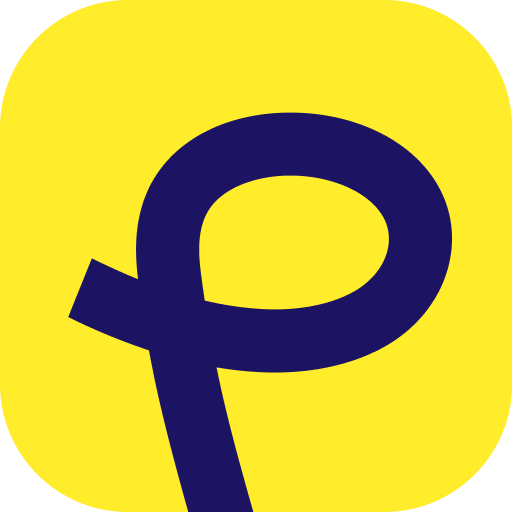Welcome to the enthralling world of podcasting, where your voice becomes a captivating melody in the vast symphony of digital content. If you have ever wondered how to start a podcast, you are in for a rewarding adventure. Simply put, a podcast is a digital audio or video file available for streaming or downloading online. It is like your own radio show, except you have the creative freedom to cover any topic.
This comprehensive guide will delve into the intricacies of what you need to start a podcast, exploring the easiest way to start a podcast, from choosing equipment to navigating the nuances of podcast hosting services.
Why Start a Podcast?
According to Edison Research, as of 2021, over 80 million Americans listen to podcasts each week. Starting a podcast allows you to share your passions, connect with a global audience, and showcase your expertise. It is an intimate medium that enables you to engage with listeners on a personal level, fostering a sense of community.
What Are the Benefits of Starting a Podcast?
- Flexibility: Podcasting provides the flexibility to create content on your terms, fitting into your schedule and lifestyle.
- Accessibility: With listeners tuning in from various corners of the globe, podcasting makes your content accessible to a diverse and widespread audience.
- Authenticity: The intimate nature of podcasts enables you to convey your personality authentically, fostering a deeper connection with your audience.
What Do You Need to Start a Podcast
1. Podcast Equipment
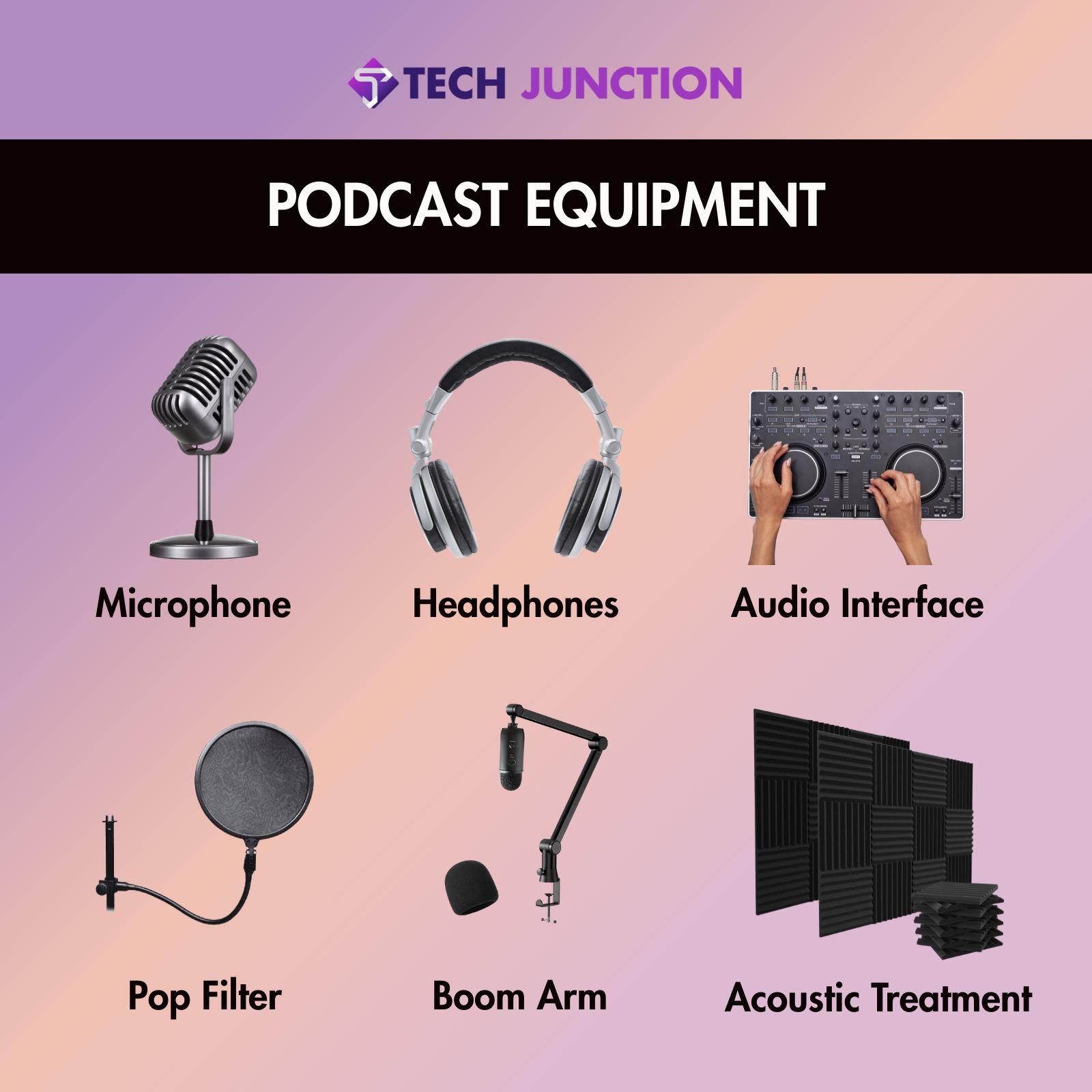
- Microphones: Invest in a quality microphone to capture clear and crisp audio. Brands like Shure, Blue Yeti, and Audio-Technica offer great budget options.
- Headphones: A reliable pair of headphones ensure you catch any background noise or audio issues while recording.
- Mixer or Audio Interface: For a professional touch, a mixer or audio interface can enhance audio quality and provide more control over your recordings.
- Pop Filter: Minimize plosive sounds (like "p" and "b") with a pop filter. It is a small investment with a big impact on audio clarity.
- Boom Arm or Microphone Stand: Keep your setup organized and ensure the microphone is at the right height with a boom arm or stand.
- Acoustic Treatment: Minimize echoes and improve sound quality with acoustic treatments like foam panels or bass traps.
2. Podcasting Software
- Recording and Editing Software: For beginners, free software like Audacity is user-friendly, while more advanced users might opt for Adobe Audition or GarageBand.
- File Hosting and Management Tools: Use platforms like Libsyn, Podbean, or Anchor for hosting and managing your podcast files.
- Music and Sound Effects Libraries: Enhance your podcast with royalty-free music and sound effects from libraries like Epidemic Sound or Artlist.
3. Choosing Your Podcast Topic
- Finding Your Niche: Your podcast topic is the heart of your show. Discover a specific area of interest that aligns with your passion and has an audience eager to listen.
- Researching Market Demand: Explore existing podcasts to gauge the demand for your chosen topic and identify gaps you can fill.
- Brainstorming Episode Ideas: Create a list of potential episode topics, ensuring variety to keep your audience engaged.
- Evaluating Your Passion and Expertise: Choose a topic you are passionate and knowledgeable about, as this enthusiasm will translate into captivating content.
Easiest Way to Start a Podcast: Step-by-Step Guide
This definitive section will take you through a step-by-step podcast guide, ensuring that your journey from conceptualizing a podcast to uploading your first episode is smooth and enjoyable.
Step 1: Planning Your Podcast
- Defining Your Target Audience: Identify your target audience to tailor your content to their interests and preferences.
- Outlining Episode Formats: Decide on the format of your episodes. Will you have interviews, solo episodes, or a combination of both? Consistency in your format builds familiarity with your audience.
- Planning Episode Frequency and Duration: Determine how often you will release episodes and the ideal duration. Consistency is key here – whether weekly, bi-weekly, or monthly, set a schedule you can realistically maintain.
Step 2: Setting Up Your Recording Space
- Creating a Quiet Environment: Choose a quiet space for recording to minimize background noise. Close windows, use rugs or curtains to absorb sound.
- Optimizing Acoustic Treatment: Fine-tune your recording space with acoustic treatment. Experiment with foam panels or blankets to reduce echoes and improve sound quality.
- Arranging Your Equipment: Set up your podcast equipment ergonomically and efficiently. This includes positioning your microphone, adjusting your headphones, and ensuring your recording software is ready.
Step 3: Recording Your Podcast
- Proper Microphone Technique: Maintain proper microphone technique to capture clear and crisp audio. Position the microphone at the correct distance angle, and use a pop filter to reduce unwanted sounds.
- Ensuring High-Quality Sound: Before hitting the record button, check your recording levels and ensure there are no technical issues.
Step 4: Editing and Enhancing Your Podcast
- Removing Background Noise: Use your editing podcast software to eliminate background noise or distractions. A clean and polished audio file enhances the overall listening experience.
- Leveling and Equalizing Audio: Ensure a consistent audio level throughout your episode. Use equalization to balance frequencies and create a smooth listening experience.
- Adding Music and Sound Effects: Integrate music and sound effects judiciously to enhance your podcast's atmosphere. Be mindful not to overpower your voice or distract yourself from the main content.
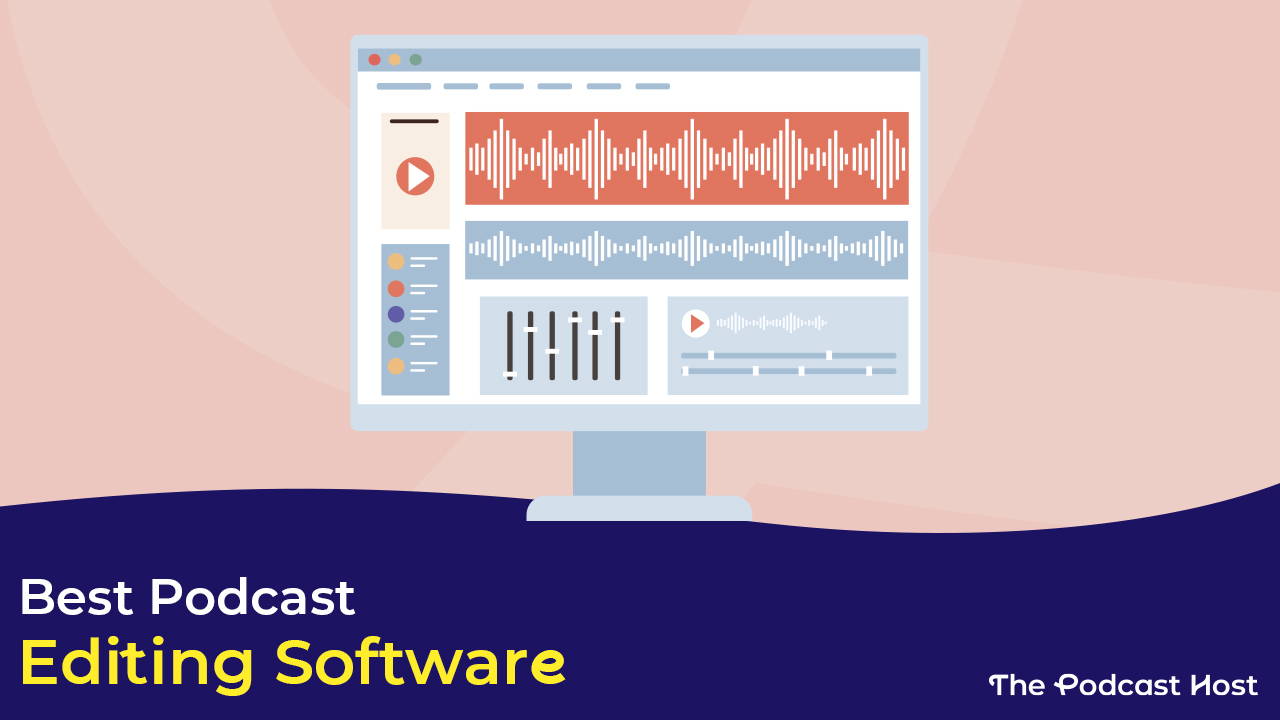
Step 5: Choosing a Podcast Hosting Service
- Evaluating Different Hosting Options: Research and compare podcast hosting services. Consider factors like storage space, bandwidth, and ease of use. Popular choices include Buzzsprout, Libsyn, and Podbean. These platforms store your podcast audio files and distribute them to various podcast directories.
- Comparing Pricing and Features: Budget considerations are essential. Evaluate the pricing plans of different hosting services and choose one that aligns with your podcast's needs and growth potential.
Most podcast hosting services generate a podcast RSS feed, serving as your podcast's distinctive identifier. This feed is instrumental in sharing your podcast across various directories.
Step 6: Submitting Your Podcast to Directories
- Apple Podcasts Submission: Submit your podcast to Apple Podcasts, one of the largest podcast directories. Follow their submission guidelines to ensure your podcast reaches a broader audience.
- Spotify Submission: Tap into Spotify's massive user base by submitting your podcast to their platform. Spotify's podcast submission process is user-friendly and can significantly expand your reach.
- Google Podcasts Submission: Do not forget about Google Podcasts. Submitting your podcast to Google makes it accessible to Android users and broadens your overall listener base.
Most hosting platforms make submitting your podcast to major directories easy, ensuring maximum reach and visibility. Optimize your podcast title and description with relevant keywords to increase your discoverability.
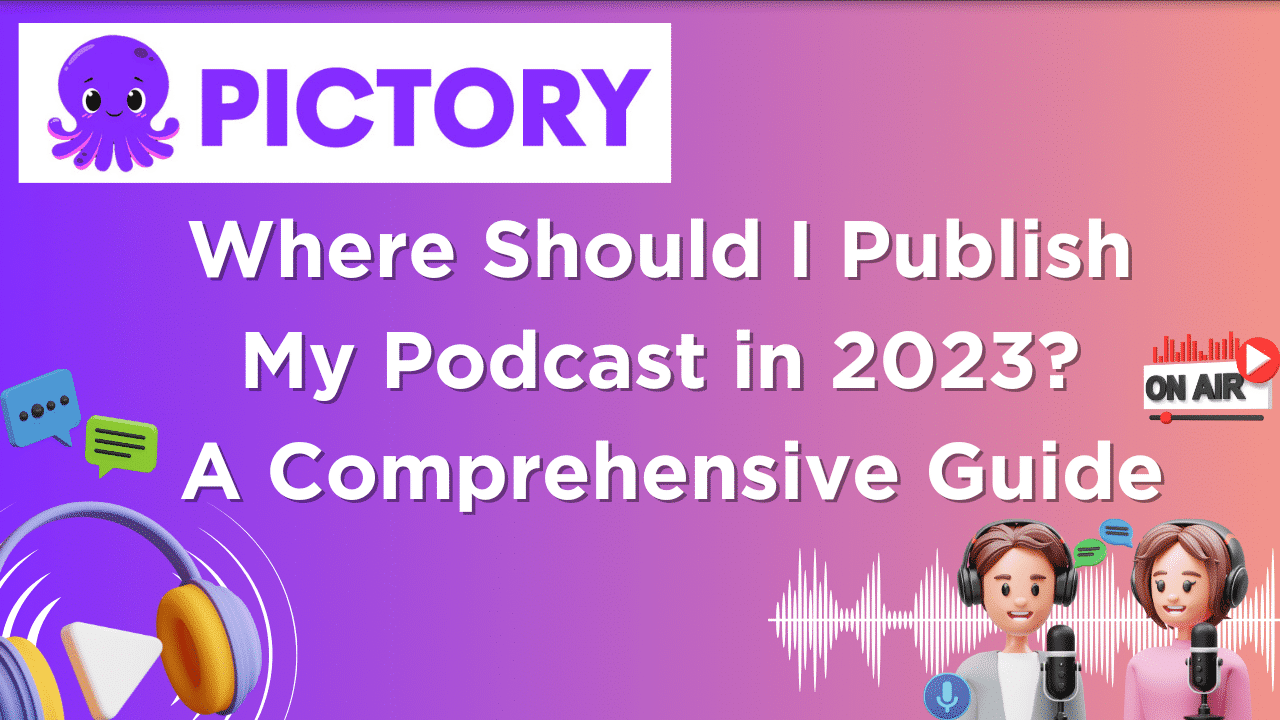
Step 7: Promoting Your Podcast
- Creating Engaging Podcast Artwork: Design eye-catching podcast artwork that reflects your brand and attracts potential listeners. This visual representation is often the first thing people see, making it memorable.
- Coming Up with Catchy Episode Titles: Craft compelling and keyword-optimized episode titles that pique curiosity and encourage clicks. A well-thought-out title can distinguish between a potential listener scrolling past or hitting play.
- Using Social Media to Grow Your Audience: Harness the power of social media to promote your podcast. Share snippets of behind-the-scenes content and engage with your audience on platforms like Twitter, Instagram, and Facebook.
- Collaborating with Other Podcasters: Collaborate with fellow podcasters to cross-promote and reach new audiences. Networking within the podcasting community can lead to valuable partnerships and increased visibility.
Step 8: Monetizing Your Podcast
- Sponsorships and Advertisements: Explore sponsorship opportunities or run advertisements to monetize your podcast. As your audience grows, businesses may approach you for promotional collaborations.
- Patreon or Crowdfunding: Platforms like Patreon allow your listeners to support your podcast financially. Offering exclusive content or perks incentivizes your audience to become patrons.
- Selling Merchandise: Create and sell merchandise related to your podcast. From t-shirts to mugs, merchandise generates revenue and serves as a form of marketing.
Final Words: Setting Sail on Your Podcasting Journey
As we wrap up this definitive guide on how to start a podcast, it is clear that diving into the podcasting realm involves more than just hitting record; it is an art and a science. From determining your captivating podcast topic to acquiring the right podcast equipment and navigating the landscape of podcasting software and efficient podcast hosting services, you have received a roadmap for success. Recognizing the easiest way to start a podcast involves a meticulous, step-by-step podcast approach to ensure a solid foundation for your venture.
So, as you prepare to share your voice with the world, remember that your podcast is a unique vessel set to sail across the vast digital sea, carrying your stories, expertise, and passion to eager listeners. Happy podcasting!
The Tech Junction is the ultimate hub for all things technology. Whether you're a tech enthusiast or simply curious about the ever-evolving world of technology, this is your go-to portal. If you want to write for us or have any feedback feel free to email us.


